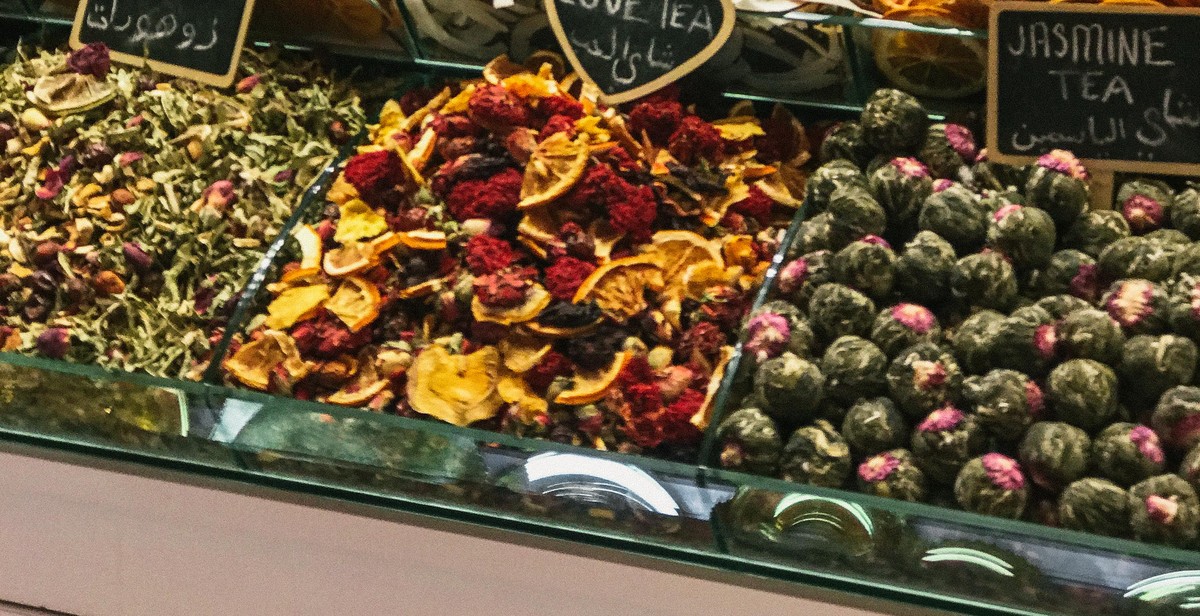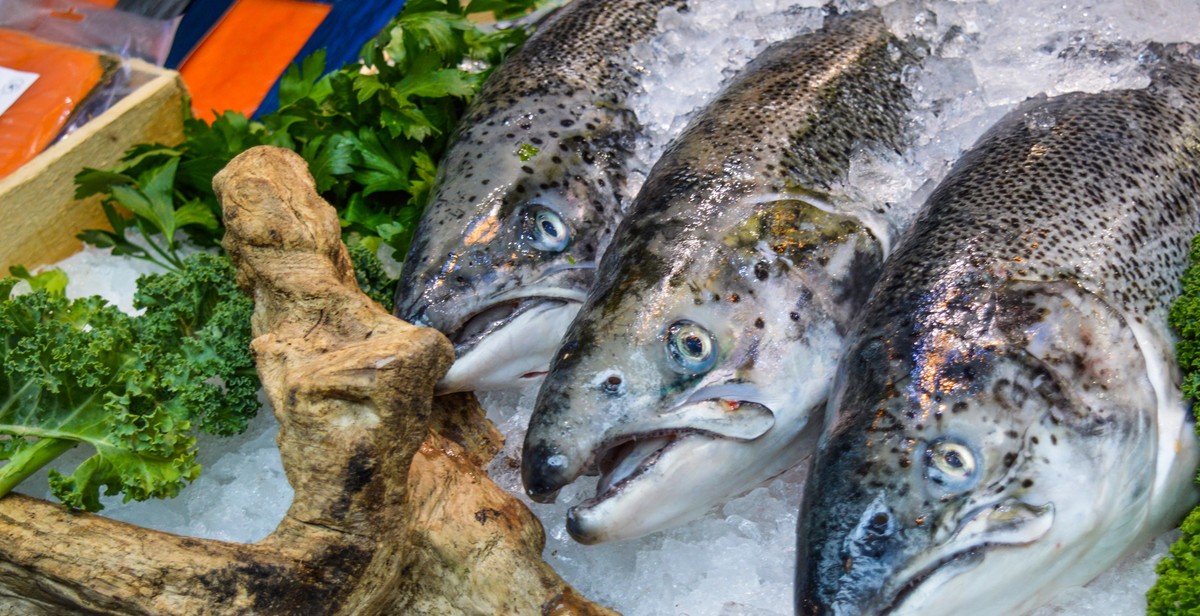How to Prepare Vegetables for Freezing: Preserving Freshness for Long-term Storage
Freezing vegetables is one of the best ways to preserve their freshness and nutritional value for a long time. However, not all vegetables are created equal when it comes to freezing. Some vegetables require special preparation techniques to maintain their texture, flavor, and color after freezing. In this article, we will guide you through the process of preparing vegetables for freezing to ensure that they stay fresh and delicious for months to come.
Why Freeze Vegetables?
Freezing vegetables is a great way to save money, reduce food waste, and ensure that you always have healthy options on hand. When you freeze vegetables, you can buy them in bulk when they are in season, at their peak freshness and flavor, and then use them throughout the year. Frozen vegetables are also a convenient option for busy weeknights, as they require minimal prep and can be added to soups, stews, and stir-fries straight from the freezer.
Which Vegetables Can You Freeze?
Most vegetables can be frozen, but some freeze better than others. Vegetables with high water content, such as cucumbers, lettuce, and tomatoes, do not freeze well and should be avoided. On the other hand, vegetables with low water content, such as broccoli, cauliflower, and green beans, freeze well and maintain their texture and flavor after freezing.
How to Prepare Vegetables for Freezing
To prepare vegetables for freezing, you need to blanch them first. Blanching involves boiling the vegetables for a short time and then immediately plunging them into ice water to stop the cooking process. Blanching helps to preserve the color, texture, and flavor of the vegetables and also helps to destroy any bacteria that may be present on the surface. After blanching, you can pack the vegetables into freezer bags or containers and store them in the freezer until you are ready to use them.

Why Freeze Vegetables?
Freezing is a popular method of preserving vegetables because it helps to maintain their nutrients and flavor. Fresh vegetables are usually harvested at their peak ripeness and nutrient content, but they can start to degrade as soon as they are picked. By freezing them, you can preserve their freshness and nutritional value for a longer period of time.
Preserving Nutrients and Flavor
Freezing is one of the best ways to preserve the nutrients and flavor of vegetables. When vegetables are frozen, the enzymes that cause them to spoil are deactivated, so they retain their original texture, flavor, and color. This means that frozen vegetables can be just as nutritious as fresh ones, making them a great option for people who want to maintain a healthy diet.
Additionally, because frozen vegetables are picked and frozen at their peak freshness, they often contain more nutrients than vegetables that have been stored for a long time before being sold.
Saving Money and Reducing Waste
Freezing vegetables is also a great way to save money and reduce waste. When vegetables are in season, they are usually more abundant and less expensive. By freezing them, you can take advantage of these lower prices and enjoy your favorite vegetables all year round.
Freezing vegetables also helps to reduce food waste. If you have more vegetables than you can eat before they spoil, freezing them is a great way to extend their shelf life. This means that you can use them at a later time, rather than throwing them away.
| Benefits | Explanation |
|---|---|
| Preserves nutrients and flavor | Freezing deactivates enzymes that cause vegetables to spoil, so they retain their original texture, flavor, and color. |
| Saves money | Freezing vegetables when they are in season and less expensive allows you to enjoy them all year round. |
| Reduces waste | Freezing vegetables extends their shelf life, reducing the amount of food that goes to waste. |
Overall, freezing vegetables is a great way to preserve their freshness and nutritional value, save money, and reduce waste. By following the proper techniques for freezing vegetables, you can enjoy delicious and nutritious vegetables all year round.

Preparing Vegetables for Freezing
Freezing vegetables is an effective way to preserve their freshness for long-term storage. Proper preparation is key to ensuring the vegetables retain their flavor, texture, and nutritional value. Here are the steps to follow when preparing vegetables for freezing:
Washing and Cleaning Vegetables
The first step in preparing vegetables for freezing is to wash and clean them thoroughly. This helps to remove dirt, debris, and any pesticides that may be present. Rinse the vegetables under running water and scrub them gently with a brush if necessary. For leafy vegetables like lettuce and spinach, separate the leaves and rinse them individually.
Blanching Vegetables
Blanching is the process of briefly boiling vegetables in water, then immediately plunging them into ice water to stop the cooking process. This helps to preserve the color, texture, and nutritional value of the vegetables. To blanch vegetables, bring a large pot of water to a boil and add the vegetables. Boil them for 1-2 minutes, then remove them with a slotted spoon and immediately transfer them to a bowl of ice water. Let them cool for the same amount of time they were boiled.
Cooling Vegetables
After blanching, it’s important to drain the vegetables thoroughly and pat them dry with a clean towel. Excess moisture can cause freezer burn and affect the quality of the vegetables. Once the vegetables are dry, spread them out on a baking sheet and place them in the freezer for a few hours. This helps to prevent them from sticking together when they are packaged for long-term storage.
Packaging Vegetables
Once the vegetables are frozen, it’s time to package them for long-term storage. Use freezer-safe containers or bags to prevent freezer burn and protect the vegetables from moisture. Label the containers with the type of vegetable and the date they were frozen. This helps you keep track of how long they have been stored and when they need to be used. Store the vegetables in the freezer at 0°F or below for optimal quality and freshness.

Tips for Freezing Vegetables
Freezing vegetables is a great way to preserve their freshness and flavor for long-term storage. However, it’s important to follow some tips to ensure that your frozen vegetables remain in good condition:
1. Use High-Quality Vegetables
The quality of the vegetables you freeze will affect the quality of the final product. Choose fresh, ripe vegetables that are in good condition. Avoid vegetables that are overripe, bruised, or damaged.
2. Label and Date Packages
It’s important to label and date your frozen vegetable packages. This will help you keep track of how long they’ve been in the freezer and ensure that you use them before they become freezer burnt or lose their quality. Use a permanent marker to write the name of the vegetable and the date it was frozen on the package.
3. Store Vegetables Properly
Proper storage is crucial for frozen vegetables. Here are some tips:
- Store vegetables at 0°F or below to maintain their quality.
- Keep the freezer temperature consistent.
- Do not overcrowd the freezer. Leave space around the packages to allow for air circulation.
- Use freezer-safe containers or bags to prevent freezer burn and moisture loss.
- Remove as much air as possible from the packages before sealing them.
Conclusion
By following these tips, you can ensure that your frozen vegetables remain fresh and tasty for a long time. Properly frozen vegetables can be a great addition to your meals, providing you with healthy and nutritious options year-round.

Conclusion
Freezing vegetables is a great way to preserve their freshness and nutritional value for long-term storage. Properly preparing vegetables for freezing is essential to ensure that they retain their flavor, texture, and color. The steps involved in preparing vegetables for freezing are simple and straightforward, and can be easily accomplished with a few basic tools and equipment.
Key Takeaways
- Clean and prepare vegetables properly before freezing to ensure that they retain their flavor, texture, and color.
- Blanching vegetables before freezing helps to preserve their nutritional value and texture.
- Label and date frozen vegetables to keep track of their storage life.
- Store frozen vegetables in airtight containers or freezer bags to prevent freezer burn.
Final Thoughts
Freezing vegetables is a convenient and cost-effective way to preserve their freshness for long-term storage. By following the simple steps outlined in this article, you can ensure that your frozen vegetables are of the highest quality and nutritional value. Whether you’re freezing vegetables from your garden or stocking up on fresh produce from the grocery store, proper preparation and storage techniques will help you enjoy delicious and nutritious vegetables all year round.
